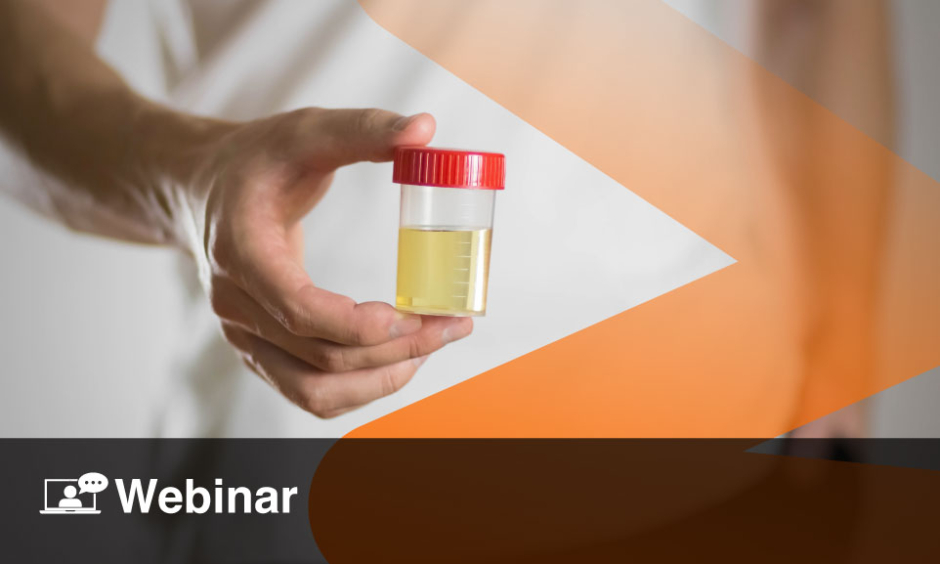Abstract
Chronic cystitis may be due to different known causes. Current basic science research has revealed a wide consensus that chronic cystitis may arise from a primary defective urothelium lining and in particular from a damage of its glycosaminoglycans (GAGs) component. The GAG layer is composed mainly of heparin, dermatan, the glycosaminoglycans, chondroitin sulphate (CS), and hyaluronic acid (HA) which adhere to the surface of the urothelium. The main components, CS and HA, play a central role in the urine barrier and antibacterial defence mechanisms. When the GAG layer loses its protective barrier function it translates into increasing permeability of the urothelium. The main consequence of this is that bladder inflammation may arise. Exogenous restoration of the GAG layer has recently become a new opportunity for the treatment of recurrent urinary tract infections, painful bladder syndrome or interstitial cystitis, and lower urinary tract symptoms after chemotherapy or pelvic radiotherapy. The aim of this paper is to update the literature about the use of exogenous for the treatment of cystitis.
Please view the full content in the pdf above.







